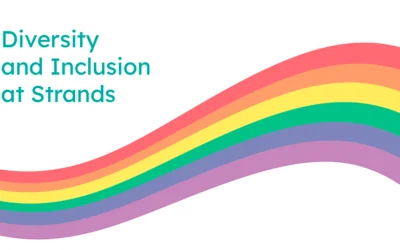It is all about data these days. It’s relevant for everyone, not just the financial sector. What is your opinion about the position of banks in current data sharing landscape?
Absolutely. In the coming years, banking will be fundamentally different from the way we have always known it. The new currency of the digital economy will be data.
As a result of UK Open Banking and PSD2, consumers will gain a new level of control over how their data is used, and by whom. This, in essence means that banks will no longer have full ownership of financial data, as they always have, something that may look like it could pose a serious threat to current banking business models, but far from it; it also creates many opportunities for banks to leverage the data they have.
Technology has democratised many industries. What do you think about the new technologies and innovations disrupting the banking sector?
When Bill Gates stated 30 years ago that “banking is necessary, but banks are not” he might have been ahead of his time. Banks still exist, of course, but technology is making the bank – and the branch – as it once was an outdated idea. Huge competition is boosting innovation and transparency, which in turn is providing consumers with greater freedom of choice. True democratisation of finance is happening right now.
In the coming years, the impact of APIs and data will be huge. Using internal data properly and complementing it with external data is crucial in order to enhance service offerings, improve customer engagement, and increase revenue from new, less-conventional channels.
How could banks fully take advantage of these opportunities? What type of data do you think they are most likely to benefit from?
Basically, there are two important steps banks need to take to get the most out of data:
- Firstly, they should focus on improving the overall customer experience by using both financial and non-financial data. (Data-driven banking)
- It is all about data these days. It’s relevant for everyone, not just the financial sector
- Secondly, they should generate new revenue streams using new channels. (Bank as a service)
There are different data channels that will help banks to differentiate themselves in a competitive market and create new revenue streams:
The first is financial data. By the help of account aggregation technology, banks are able to provide a consolidated view to customers to allow them manage their entire financial life using digital channels. This feature enables banks to position themselves as their users’ primary financial institution, and give them less reason to leave their platforms and go elsewhere.
The second is non-financial data. Banks should consider how to use third-party services for their offerings as well. This way, banking customers can access 3rd party applications through their banks, resulting in better retention, acquisition and new revenue streams.
There are many different kind of APIs on the market : retailers, social media, invoicing and accounting services, crowdsourcing platforms etc.
What is the starting point in effectively using data?
Having access to a customers’ entire financial profile and understanding what they really want is fundamental in offering smarter services and solutions.
To make this happen, data aggregation – having all customer data on your bank’s channels and nowhere else – is the key to knowing the customer better, targeting them correctly, in a relevant manner and getting results, more quickly.
The secret is in having a clear strategy and objectives firmly in sight. The tools are there to make data an ally for banks rather than an impediment; this is the first time banks have had all the tools and so many opportunities at their disposal. The future is data, but it is also banking, in a new and improved guise.



